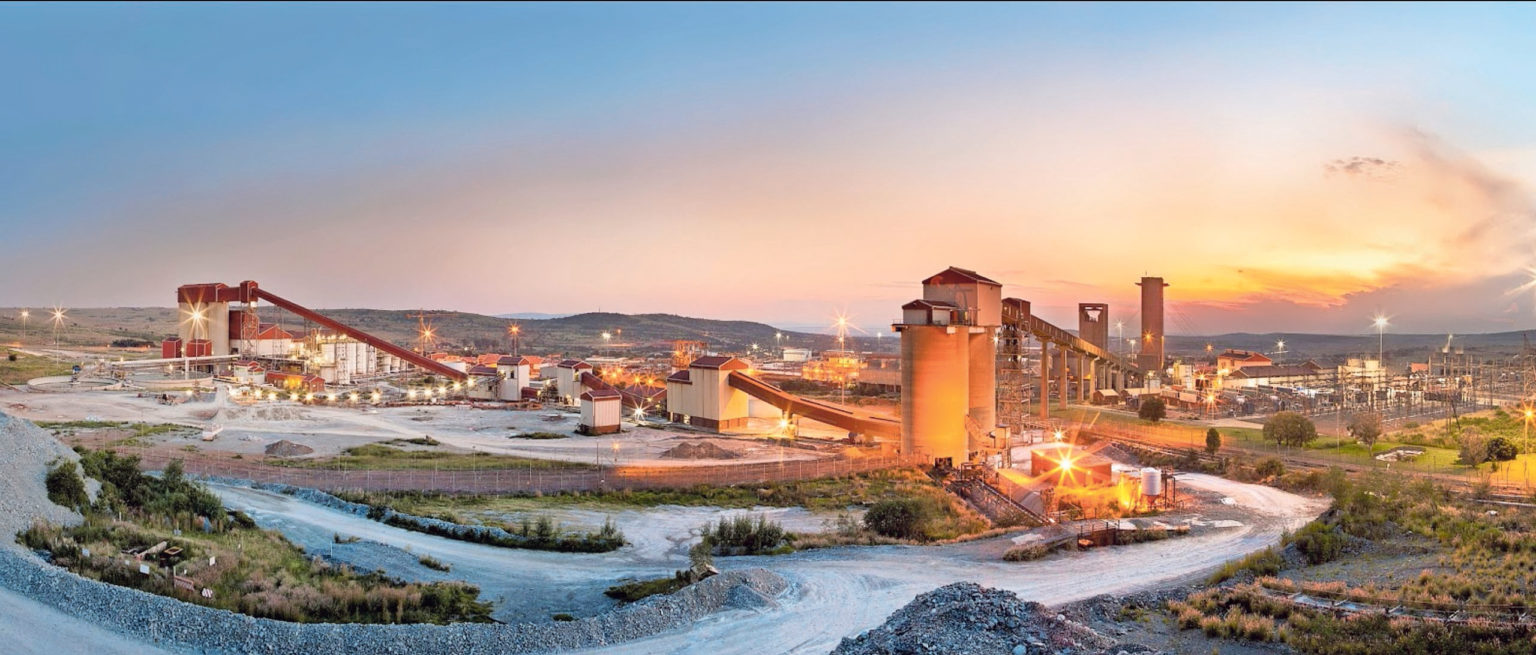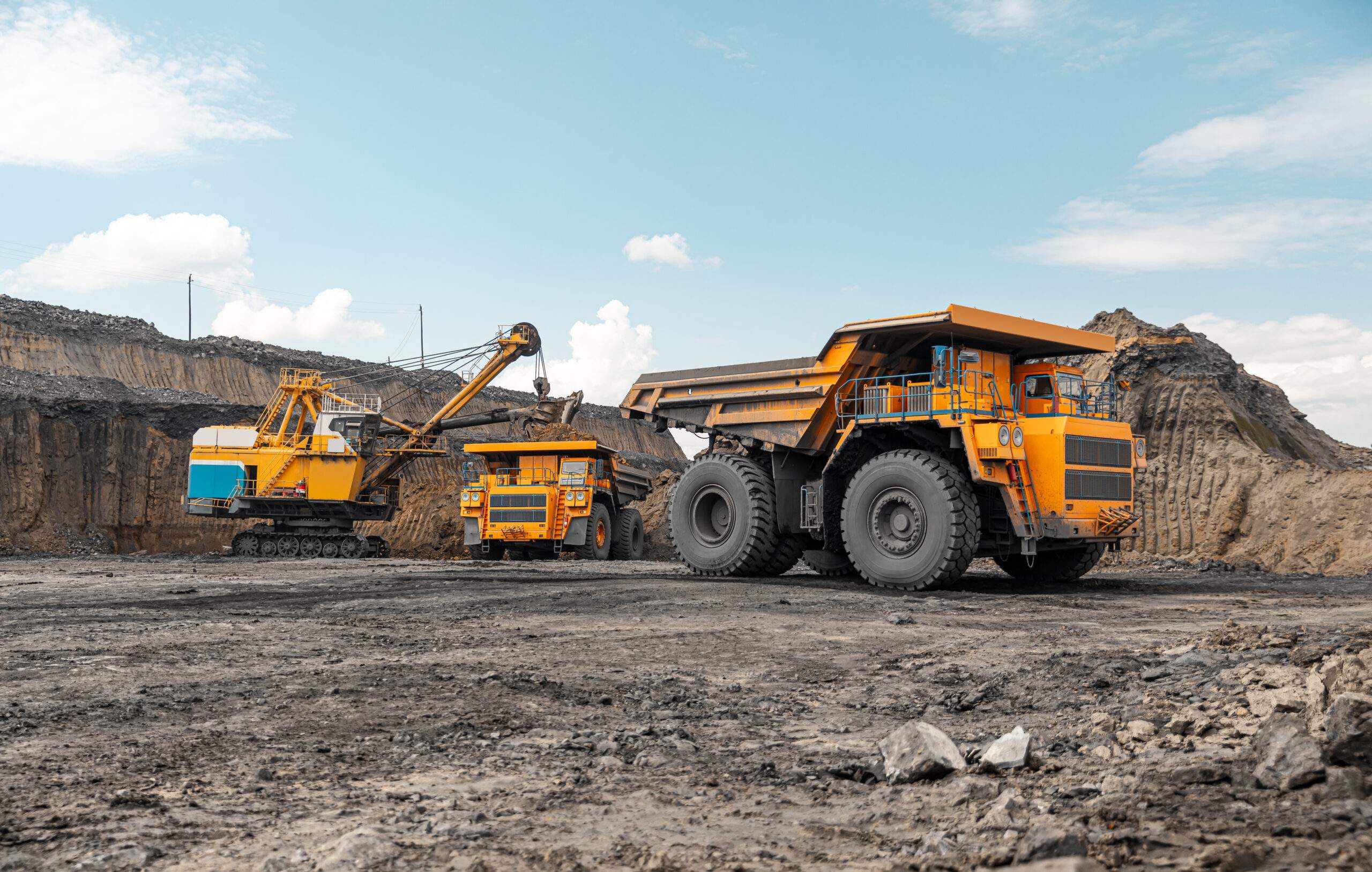Mponeng sale a milestone in SA mining
Mponeng mine (pictured) Harmony Gold. (Chris Wessels/Anglogold Ashanti)Image:DailyMaverick
By Ed Stoddard
The sale of the world’s deepest mine was a defining deal for mining in 2020. The operation stayed in South African hands but the transaction highlighted the changing fortunes of the local industry.
South Africa’s gold industry has long been defined by deep-level mines, which is why the sector has historically been capital as well as labour intensive. Digging deep requires capital and the often low-grade ore grades have required cheap (read exploited) migrant labour to keep the profits and dividends flowing.
Flow they did, as the gold-bearing reefs seemed to go on forever — not just horizontally, but vertically, down into the bowels of the earth. From these mammoth deposits, a third of the gold produced in human history was extracted, generating the capital that laid the foundations for the relatively industrialised and highly unequal economy that defines South Africa today.
So, while in dollar terms the acquisition of the Mponeng gold mine and a surface asset by Harmony Gold from AngloGold Ashanti — at a price of $200 million initially, with a deferred compensation formula that could more than double the sum — is not huge, it is historic and underscores wider trends in South Africa’s mining sector.
Mponeng is the world’s deepest mine — proclaimed on a rather understated sign at the front entrance to the property on the N12 highway west of Joburg — extracting gold from 4kms beneath the surface. Four kilos might not be a long distance to walk, but it is a long way underground. To remove gold from such depths is an astonishing feat of engineering in the face of often arduous geology.
But depth has also led to a decline in South Africa’s gold industry, with costs rising and grades often degrading as the shafts descend. South Africa, once by far the world’s biggest gold producer, is now barely in the top 10. In the race to the bottom, it has been waylaid by soaring power and wage bills, though off a low base on both fronts that helped make the sector artificially profitable in the first place — at great human cost. The deeper point here is that going deep at one time made economic sense. It makes less sense now and helps to explain the sector’s wide malaise.
The fact that gold can still be produced profitably at such depths remains nothing short of amazing. Mponeng is hardly a cash spinner, but its gross profit in the first half of 2020 was a respectable $19 million. It’s not losing money and gold prices remain elevated.
There have been vast improvements in safety across the industry, greatly reducing the past, shocking toll of lives lost and shattered. Working at such depths is not seen as dangerous as it once was.
For AngloGold, the disposal represents the end of its days as a South African gold producer. It no longer has any operational assets in the country and is focusing on its mines elsewhere, including in Ghana and South America.
This is historic and reflective of a wider trend — investors shunning South Africa and the exposure it brings to political risk, policy uncertainty, rising costs, unreliable power, labour militancy and social unrest. It may only be a matter of time before the company takes its primary listing offshore from the City of Gold.
For Harmony, the deal underscores a commitment to South Africa — laudable or foolish, depending on your perspective. It adds about 350,000 ounces of profitable product to its portfolio and is a good fit with its current operations. There are “synergies”, as they say. That points to another potential trend: further consolidation in the South African gold industry.
The bottom line is that, in the wild year that has been 2020, ownership of the world’s deepest mine changed hands and remained in South African hands. That makes the deal significant in terms of both the past and future of the South African gold industry.
Source: DailyMaverick
Share this content:















Post Comment